Ad Blocker Detected
Our website is made possible by displaying online advertisements to our visitors. Please consider supporting us by disabling your ad blocker.
Lantana is a resilient plant that thrives in tough drought conditions and can endure even the harshest sunlight. Despite its durability, it retains its delicate and captivating charm. Although technically a perennial, it’s typically grown as an annual in most climates.
With its variety of brightly colored blooms, Lantana also attracts pollinators. You can expect plenty of hummingbirds, bees, and butterflies to visit your garden, drawn to the vibrant flowers.
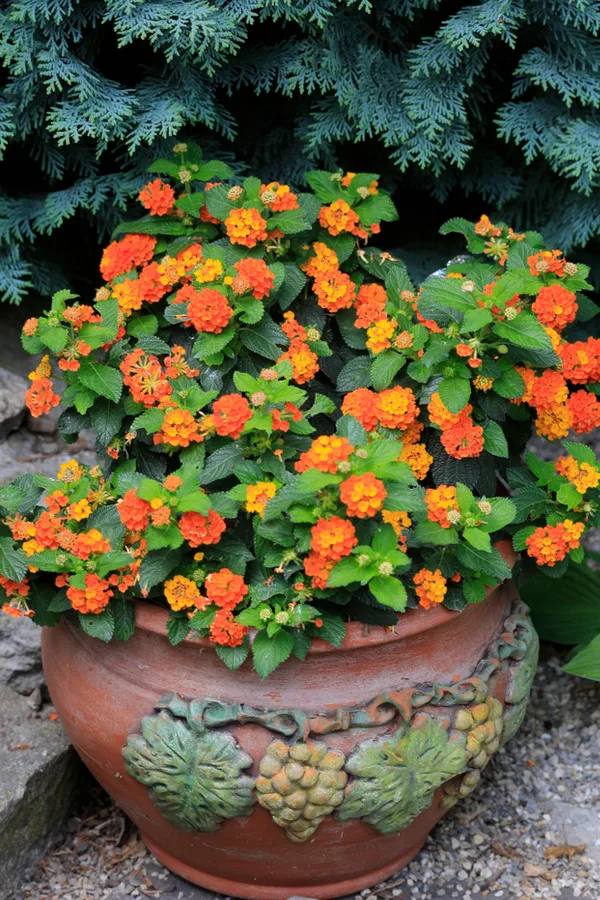
Growing Lantana
Lantana Varieties and Colors:
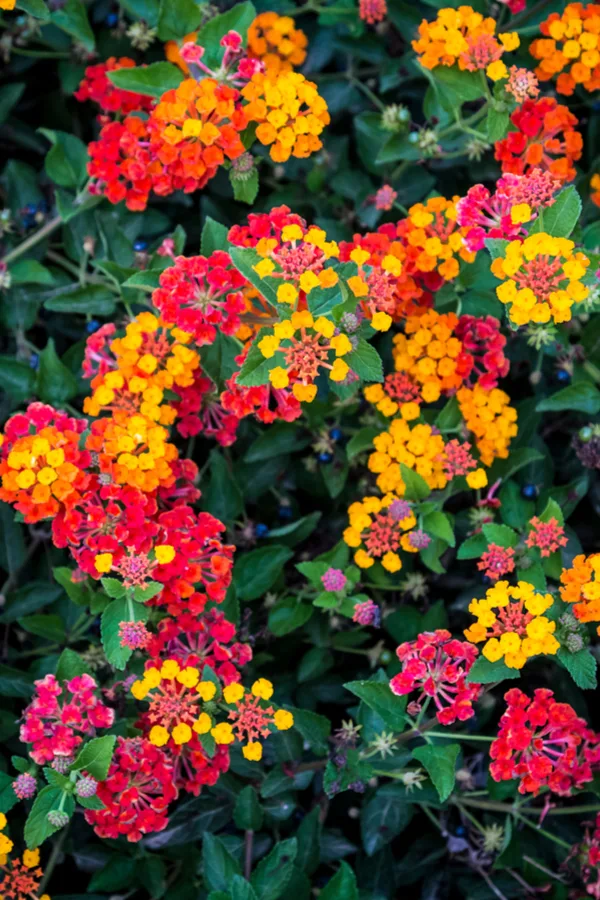
Planting and Watering – Growing Lantana To Keep It Blooming Big
As an annual plant, Lantana requires minimal care when planting. To ensure success, whether in flowerbeds, pots, containers, or baskets, focus on these five main factors:
- Soil Drainage: Ensure well-draining soil to prevent root rot.
- Lighting: Plant in full sunlight for optimal growth and blooming.
- Watering: Water moderately, allowing the soil to dry out between watering sessions.
- Fertilizing: Use a balanced fertilizer sparingly to avoid over-fertilizing.
- Deadheading: Regularly remove spent blooms to encourage continuous flowering.
Drainage
When grown as an annual, it’s crucial to avoid wet or soggy soil, which can lead to plant diseases and root rot. In containers, use high-quality, loose, and friable potting soil to prevent these issues.
For direct planting in garden beds, amend the soil with plenty of compost before planting. Compost not only provides essential nutrients but also helps to loosen the soil and improve drainage.
If your soil is particularly heavy or clay-like, amend it with sand and perlite. Sand aids in quick water drainage, while perlite prevents soil compaction.
Lighting
One of the most pivotal keys to keeping your Lantana blooming is ensuring it gets enough light. For maximum blooming potential, place your plants where they receive at least six to eight hours of direct sunlight each day.
Lantana thrives in heat and can handle the sun’s hot rays much better than cold. Cold, damp conditions can lead to low blooming and disease issues. If you’re growing Lantana in containers, bring the plants indoors if temperatures are forecasted to drop below 50 degrees Fahrenheit.
Watering
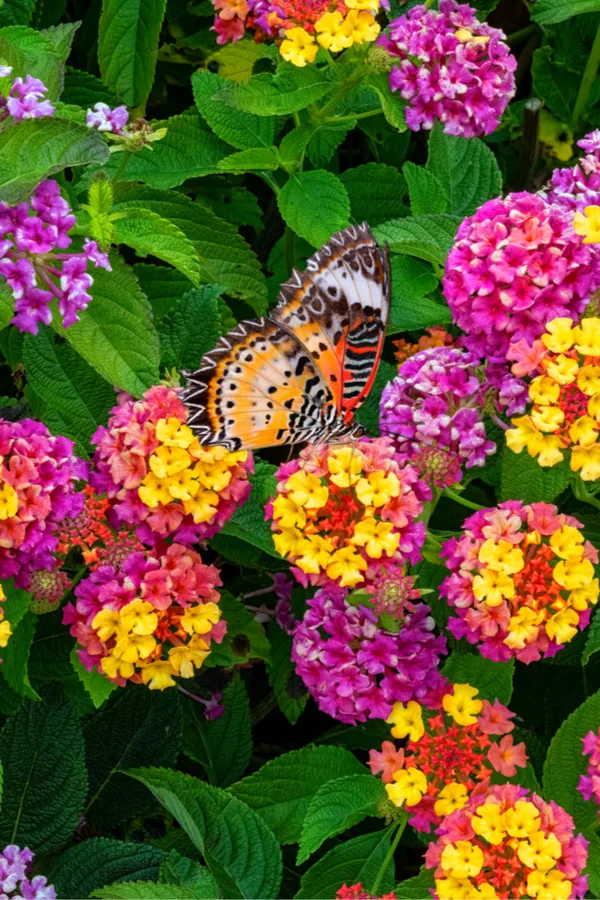
Fertilizing Lantana:
It’s a bit surprising, but fertilizing isn’t crucial for keeping Lantana blooming. In fact, too much fertilizer can hinder bloom production, as rich soil encourages foliage growth over flowers.
For Lantana in flowerbeds, a light application of all-purpose 10-10-10 fertilizer in early spring and late summer suffices. This provides the necessary nutrients for blooming.
For container plants, monthly light fertilization works well. Use a half-strength dose of an all-purpose liquid fertilizer. This is more than enough to keep potted Lantana thriving.
Product Link : Burpee AP Organic Fertilizer
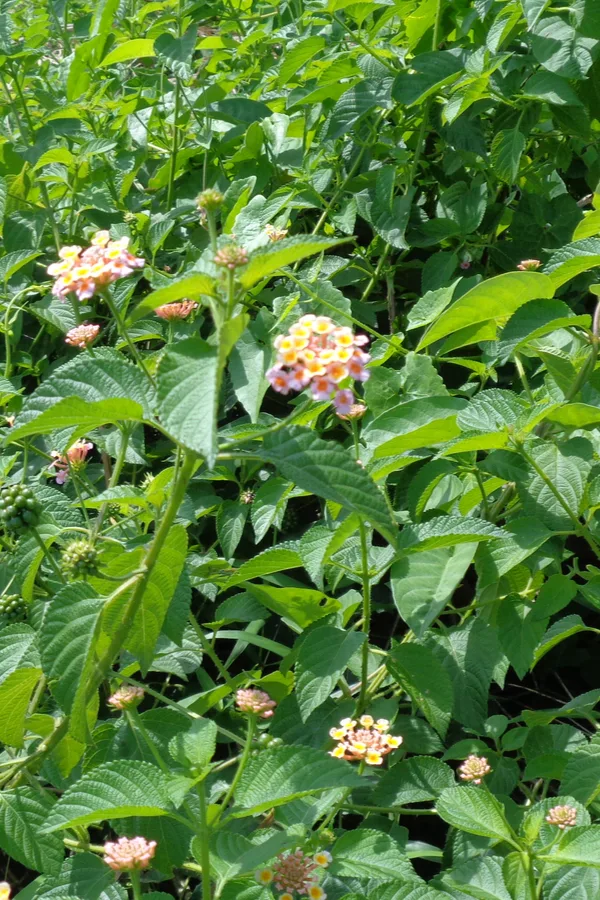
Deadheading:
Finally, one of the most crucial secrets to keeping your Lantana blooming continuously is regular deadheading. This simple task works wonders for encouraging new blooms to appear.
Typically, once a flower cluster on your Lantana has faded, it will start producing a new seed cluster. To promote quicker blooming, just remove the spent flower cluster. This helps the plant focus its energy on creating new blooms rather than developing seeds.
Regular deadheading not only results in a denser plant but also ensures more abundant flowering. Just be sure to snip off the spent blooms without damaging the buds underneath.
Growing Lantana – How To Keep Lantana Blooming All Summer
Two additional factors can affect bloom yields: the variety of Lantana you choose and the pH of your soil. Let’s explore each one:
- Plant Variety: Ensure you’re growing a non-sterile variety of Lantana. Sterile varieties may produce fewer blooms or have a reduced blooming period. Choosing a non-sterile variety will help you achieve the lush, continuous blooms you’re aiming for.
- Soil pH: The pH level of your soil also plays a crucial role. Lantana thrives in slightly acidic to neutral soil, typically with a pH between 6.0 and 7.0. If your soil is too acidic or too alkaline, it can impact the plant’s ability to absorb nutrients and produce blooms effectively. Testing and adjusting your soil’s pH can make a significant difference in bloom quality and quantity.
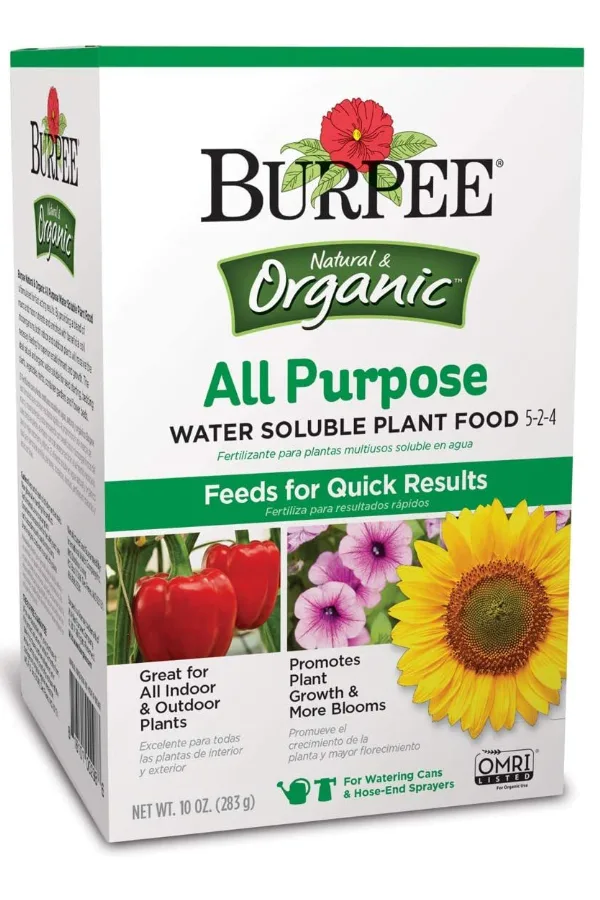
If you’re looking for non-sterile Lantana varieties that will give you a steady flow of blooms, be aware that those that produce berries often struggle with lower blooming rates. The presence of these inedible fruits can significantly affect your plant’s blooming performance.
Instead, opt for sterile cultivars like Samantha, Mozelle, Miss Huff, New Gold, or Weeping Lavender. These varieties are known for their reliable and vibrant blooming throughout the summer.
Check Your PH
Finally, although it’s not common, the pH of your soil can impact blooming. Lantana generally thrives in various soil types, but it tends to bloom best in slightly acidic soil, with a pH between 5.5 and 6.5.
Most all-purpose potting soils will work fine, but you can enhance them with an acid soil amendment to adjust the pH if needed. The same approach applies if you’re planting directly in flowerbeds with more alkaline soil—adding an acid soil enhancer can help achieve the ideal pH for optimal blooming.

